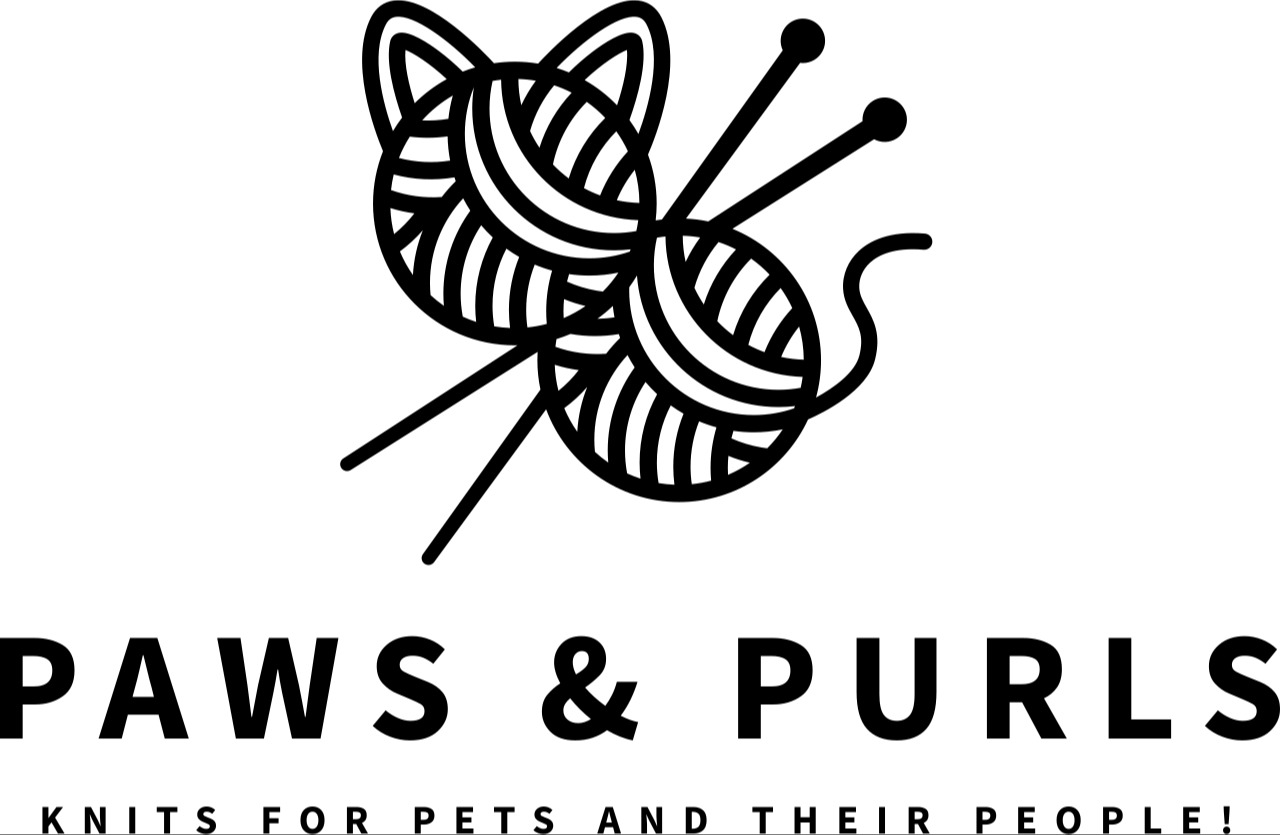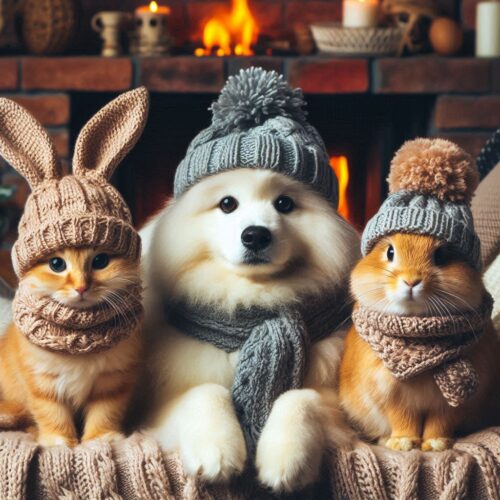Think of your pet as your client when you’re knitting something special for them. Pets, like humans, have their own personalities, preferences, and quirks. Understanding these will help you create something truly unique and comfortable.
First, what type of pet are you knitting for? A dog? A cat? Something more exotic like a bunny or guinea pig? Each type of pet has its own behaviors and comfort needs. Dogs might love a snug sweater, while a cat might prefer something looser. Rabbits and guinea pigs need to move freely without getting tangled in the yarn.
Size, breed, and weight matter. A small Chihuahua and a large Labrador have very different sizing needs. Measure your pet carefully. Grab a flexible tape measure, and jot down the neck, chest, body length, and maybe even the leg length. Better to measure twice than end up with something that doesn’t fit!
Comfort and mobility are essential. No pet’s gonna wear something that restricts their movement or feels itchy. Look for soft, breathable materials. Lightweight yarns are usually a great choice, especially for more active pets.
It’s all about the right materials. Some yarns can be irritating, so pick ones that feel nice to the touch. Pay attention to any allergies—yep, pets can have them too. Go for hypoallergenic options and natural fibers as much as possible. Trust me, your pet will thank you.
Accurate measurements can’t be stressed enough. You wouldn’t wear shoes a size too small. Your pet doesn’t want a sweater that’s too tight or falls right off. Take multiple measurements when they’re relaxed and in a natural pose.
Choosing and Modifying Knitting Patterns
Finding the right pattern is the first big step. Look for a pattern made specifically for pets, or something easy to modify. Online knitting communities and pet apparel books are treasure troves of inspiration.
Once you have a pattern, understanding it is crucial. Knitting patterns can sometimes look like they’re written in code. Familiarize yourself with common abbreviations and symbols used in knitting. Trust me, it gets easier with practice.
Take a look here for some common abbreviations.
Now, let’s talk about adjustments. Your pet’s not average-sized? No problem. You can adjust dimensions to fit them perfectly. If your dog has a wider chest or if your cat is longer than the pattern anticipates, adjust the stitches and rows accordingly.
Want to add a personal touch? Play with colors and textures. Maybe your pet has a favorite color, or you found a yarn that feels luxurious. Mixing and matching can make your knitted item genuinely unique.
Scaling patterns might sound tricky, but it’s doable. If you need to make something bigger or smaller, adjust your gauge (that’s stitches per inch) first. Make a swatch and see how your tension matches up. This helps you scale the pattern accurately without a hitch.

Practical Knitting Techniques for Pet Apparel
Getting the hang of essential knitting stitches is a must. Even basic stitches like knit and purl can work wonders. Once you’re comfortable, you can combine these to create different textures.
For the pros out there, advanced techniques can take your pet’s gear to the next level. Think about incorporating cables, colorwork, or even lace. These techniques add flair and sophistication to your project.
Closures are another biggie. Adding buttons, Velcro, or snaps makes it easier to put on and take off. Imagine a squirmy pet while you’re trying to dress them—these little details can save you a lot of time and hassle.
Focus on reinforcing high-stress areas like the neck and belly. These spots endure a lot of tension and movement. A few extra stitches or stronger yarn in these areas will make your project more durable.
Always test the fit as you go. Pets grow and change, just like kids. Regular try-ons ensure that the finished product is perfect and comfy. It might take a little extra time, but it’s worth it for a happy pet.
Safety and Maintenance Tips for Knitted Pet Items
Safety first. Always avoid loose threads and small parts that pets might chew on or swallow. Make sure all decorations are securely attached so there are no choking hazards.
When it comes to materials, choose pet-safe dyes and yarns. Some pets have allergies, so hypoallergenic options are usually a good bet.
Maintenance is key. Knitted items need regular cleaning. Wash them according to the yarn’s care instructions to keep them looking fresh and feeling comfortable.
Handling wear and tear is part of the deal. Pets can be rough on their gear, so be prepared to make minor repairs. A quick stitch here or there can extend the life of your creation.
Storage matters too. Store your knitted items flat to help them maintain their shape. A breathable bag can keep them dust-free and ready for the next adventure.


This is a fantastic guide to customizing knitting patterns for pets! Your attention to detail and the emphasis on both fit and comfort really resonate with me. I’ve had a lot of experience knitting for my own pets, and I’ve learned that a perfect fit makes all the difference in their enjoyment and usability of the garment.
One tip I’d add from my experience is about testing the pattern with a mock-up first. When I knitted a sweater for my cat, I used an old, less expensive yarn to create a trial piece. This helped me adjust the fit and make sure the design was practical before committing to the more expensive yarn. It’s a great way to avoid costly mistakes and ensure that the final piece is just right.
Also, considering the activity level of the pet is crucial. For my Labrador, I had to reinforce the areas around the chest and belly because he’s quite active and tends to put a lot of strain on his clothing. Have you encountered any challenges with reinforcing high-stress areas in your pet projects? I’d love to hear more about any additional techniques or materials you’ve found helpful for durability.
Thank you for your kind words! I’m glad you found the guide helpful. Your tip about creating a mock-up with a less expensive yarn is excellent advice; it’s such a practical way to test the fit and design without risking valuable materials.
I completely agree that considering a pet’s activity level is crucial for ensuring durability. For high-stress areas, I’ve had success using reinforced stitches or incorporating sturdy yarn blends for added strength. Additionally, I’ve found that using ribbing or elasticized edges can help garments stay in place during play. I’ve also considered buying an off-the-shelf sweater and using that as a template to better understand fit.
I bet your cat looked adorable in the sweater you made! If you have any specific techniques or materials that have worked well for you in reinforcing those areas, I’d love to hear more about them! Your insights could be incredibly helpful for others looking to create functional and comfortable items for their pets.